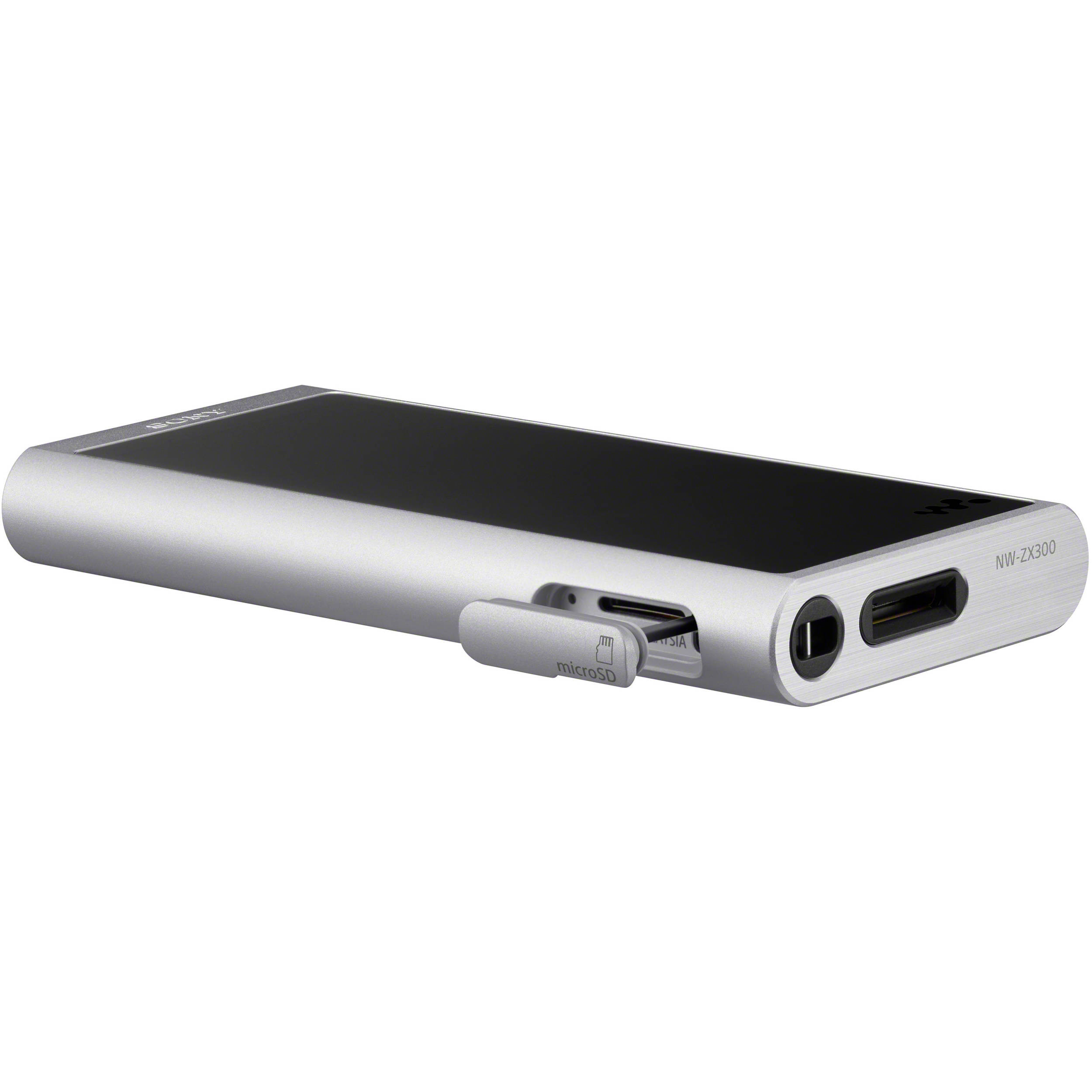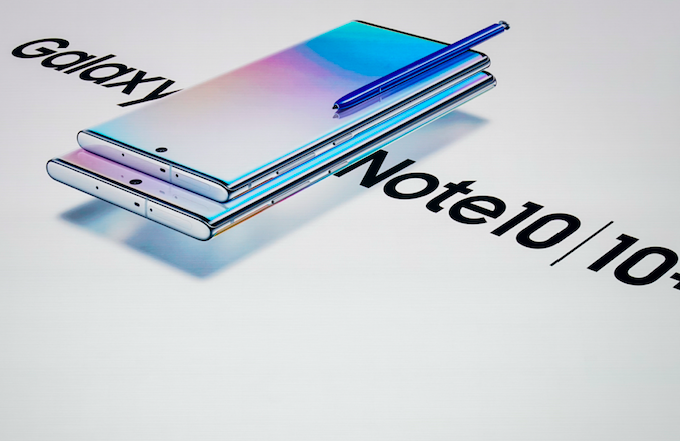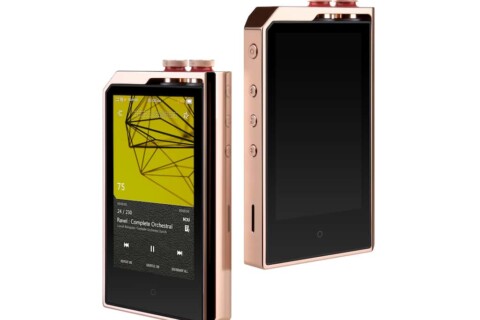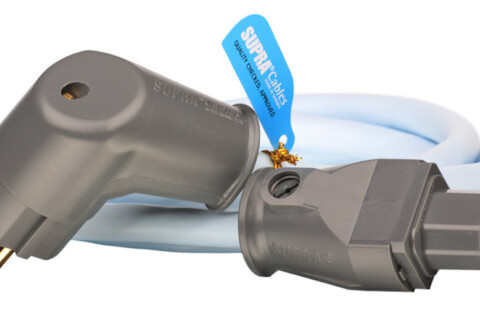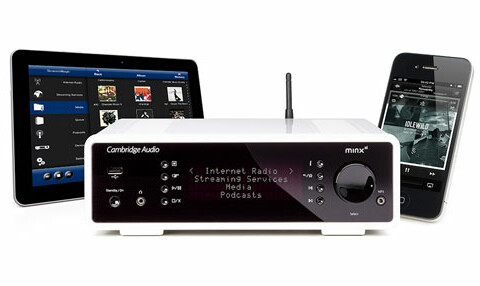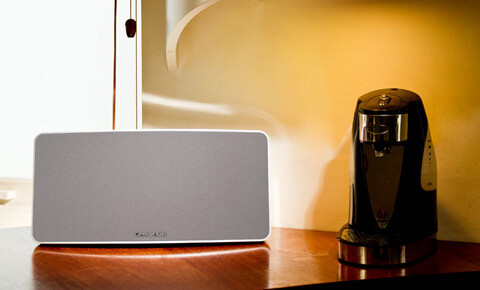Sony NW-ZX300 Walkman REVIEW
Summary
Sony Walkman NW-ZX300 REVIEW
While many have fond memories of Sony Walkman’s in the 1980s, PAT PILCHER finds that the revived brand is a very different beast, and its hi-res promise a real ear-pleaser.
$949
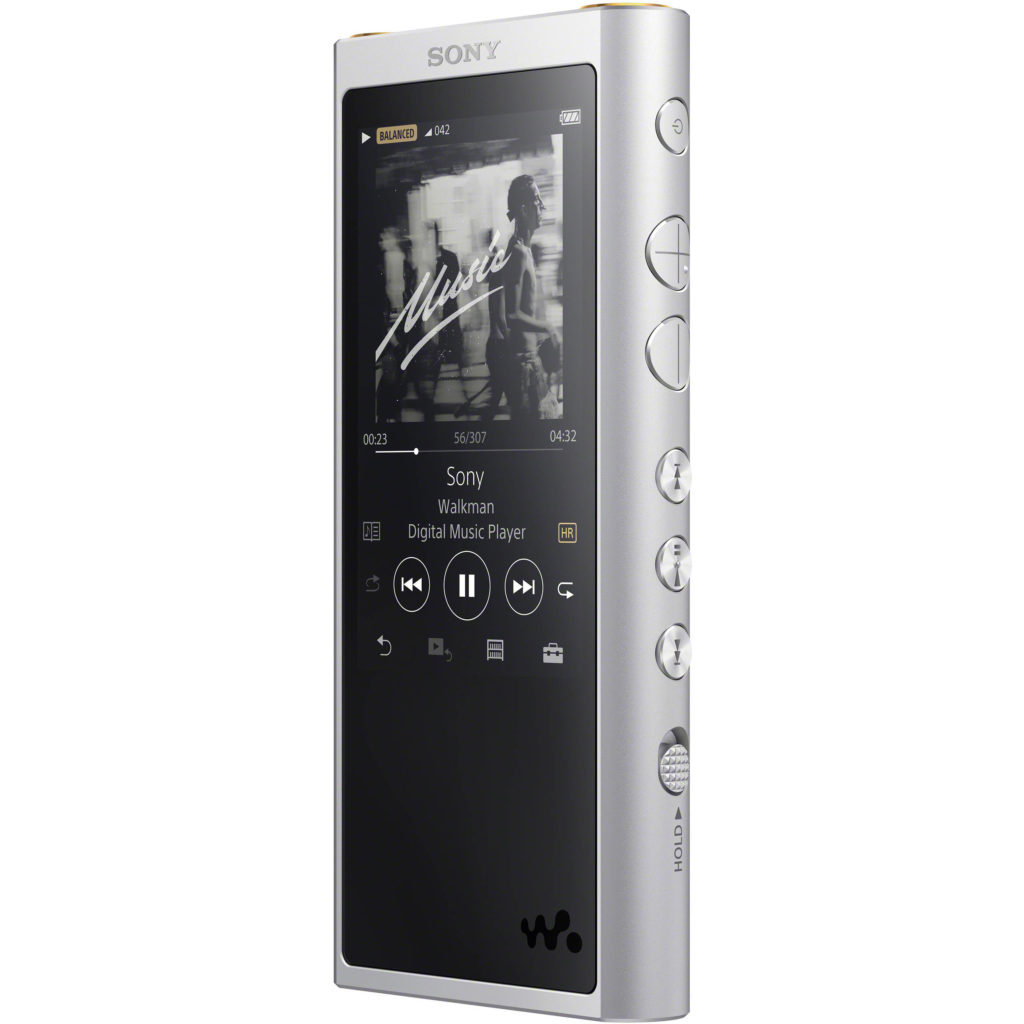
 It’s a boggling thought, but Sony’s Walkman is now almost 40 years old. Back then we’d venture out armed with a Walkman and pockets filled with cassettes. As the world donned headphones, Sony went from being a manufacturer of great TVs to one whose name became synonymous with the quintessentially Japenglish word, “Walkman”.
It’s a boggling thought, but Sony’s Walkman is now almost 40 years old. Back then we’d venture out armed with a Walkman and pockets filled with cassettes. As the world donned headphones, Sony went from being a manufacturer of great TVs to one whose name became synonymous with the quintessentially Japenglish word, “Walkman”.
Personal audio wasn’t much to write home about back then. Analogue cassettes only delivered 45 minutes of hiss laden audio before you had to fossick about in your pockets, fish out the brick-sized Walkman and turn the tape over. Over time, tapes stretched and became warbly and as tape player pinch rollers became more slippery, tapes got chewed.
Since then, things have thankfully changed for the better. Lugging around tapes and CDs has gone the way of the dodo and now we’re in an age where streamed music dominates and many people use their phones as personal music devices.
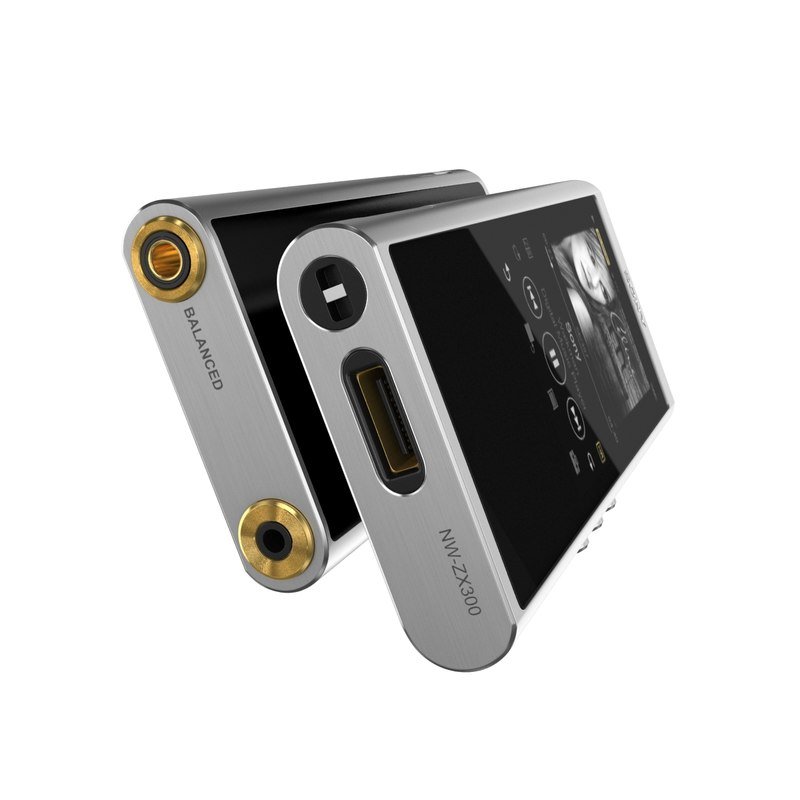
All this begs the question: why re-launch the Walkman when smartphones already dominate the personal audio domain?
The secret sauce to this is high-resolution audio. While most smartphones can play nice with MP3 files and can handle high res audio, few have the audiophile chops of Sony’s NW-ZX300.
This becomes especially apparent when reading the spec sheet. It’s powered by what Sony calls the S-Master HX digital amp. Sony says this allows the NW-ZX300 to deliver extremely clean audio with low noise levels. It’ll also play nice with hi-res audio in 384-kHz/32-bit PCM as well as MQA formatted audio. For wire haters, there is support for aptX HD audio and LDAC. For lowly Mp3 files, Sony’s DSEE HX enhancement tech will upscale audio to deliver surprisingly convincing results.
So, while you could use a phone to get your audio fix during your commute, Sony’s Walkman should (in theory) offer audio that is a magnitude of an order superior.
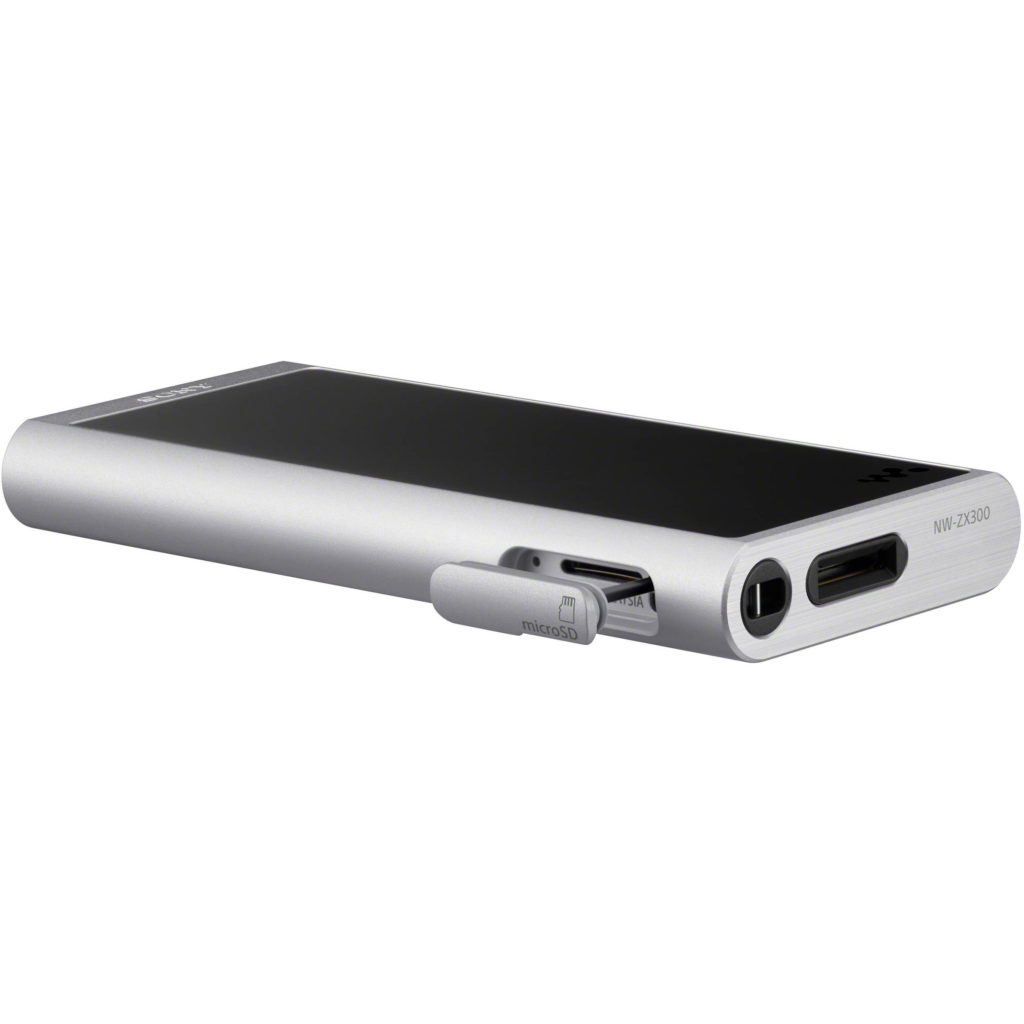
Audio aside, the design and build quality of the NW-ZX300 is solid, too. Consisting of an aluminium chassis and touch screen, it has the same rough dimensions as a small smartphone. In the hand, it feels as you’d expect a premium Sony product to feel and packs some reassuring heft.
While the touch screen handles almost all of the playback chores you’re likely to need, Sony has also opted for physical controls. These consist of volume, FFW/RRW/Play/Pause, hold and a power button along the right-hand side. Atop the Walkman are twin headphone jacks – a 3.5mm regular headphone socket and a 4.4mm socket – for balanced audio. If you’ve cut the cable, don’t fret, Bluetooth is also on offer.
Along its left, there is a MicroSD card slot should you find its in-built 64GB of storage cramped; and on its underside is a proprietary port for hooking it to a PC/Mac for both charging and file transfers. (It can also be used as a portable DAC). A nice design touch is the non-slip surface on its back, which may save on future repair bills by preventing accidental drops onto hard surfaces.
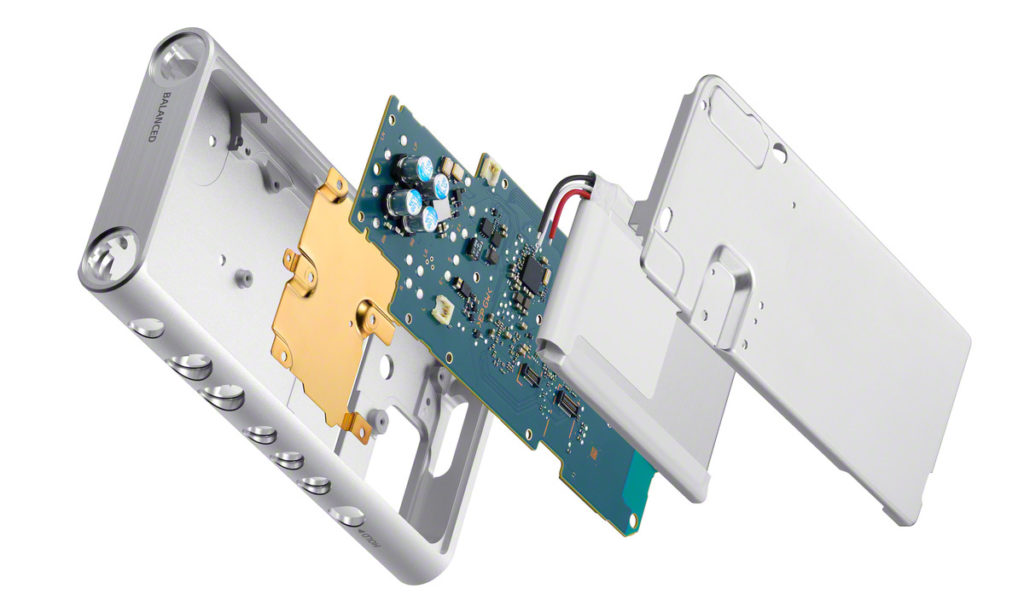
Getting media onto the NW-ZX300 proved to be surprisingly straightforward. While it can act as USB mass storage (which allows files to be dragged and dropped from a connected PC/Mac), you can also download and install Sony’s excellent music centre app, which is far more intuitive.
In use, hi-res audio files get denoted by an “HR” icon and more track info is also accessible should you want to check their bit rate. The NW-ZX300 sports a minimalist user interface, which given the limited amount of display real estate, makes considerable sense.
The display only occupies half of its front, which means that text, icons and menus are tiny and hard to read if your eyesight isn’t good. Here’s hoping Sony eventually follows Apple’s lead with the iPod Touch, and opt for a bigger display-to-body ratio for future models.
I paired the Walkman with Sony’s rather excellent MDR-1AM2 over ear, wired cans. These have 40mm drivers with Liquid Crystal Polymer diaphragms. In non-geek speak, this allows them to deliver a frequency response of up to 100,000Hz which is about 5x what most human ears can hear. Highs were detailed but not fatiguing while bass was punchy and palpable and mids filled the rest to make for an expansive and richly nuanced soundstage.
Many a hi-fi writer has waxed lyrical on the merits of hi-res audio, but few have explained why it is all that and a bag of chips. Put simply, it sounds a whole lot better compared to other compressed digital audio formats.
Most music streamed or downloaded is stored in a compressed file format with low bitrates (e.g. 256kbps AAC files with Apple Music or 320kbps Ogg-Vorbis with Spotify). For Mp3 audio, the compression used is lossy. Audio that’s deemed beyond the range of human hearing gets discarded. This also means that audio data is lost in the encoding process, so the resolution of an audio track suffers. For casual listening, lossy formats like Mp3 are fine. For sessions where you want to sit and really listen, the difference between lossy low-res audio and hi-res audio formats becomes very noticeable indeed.
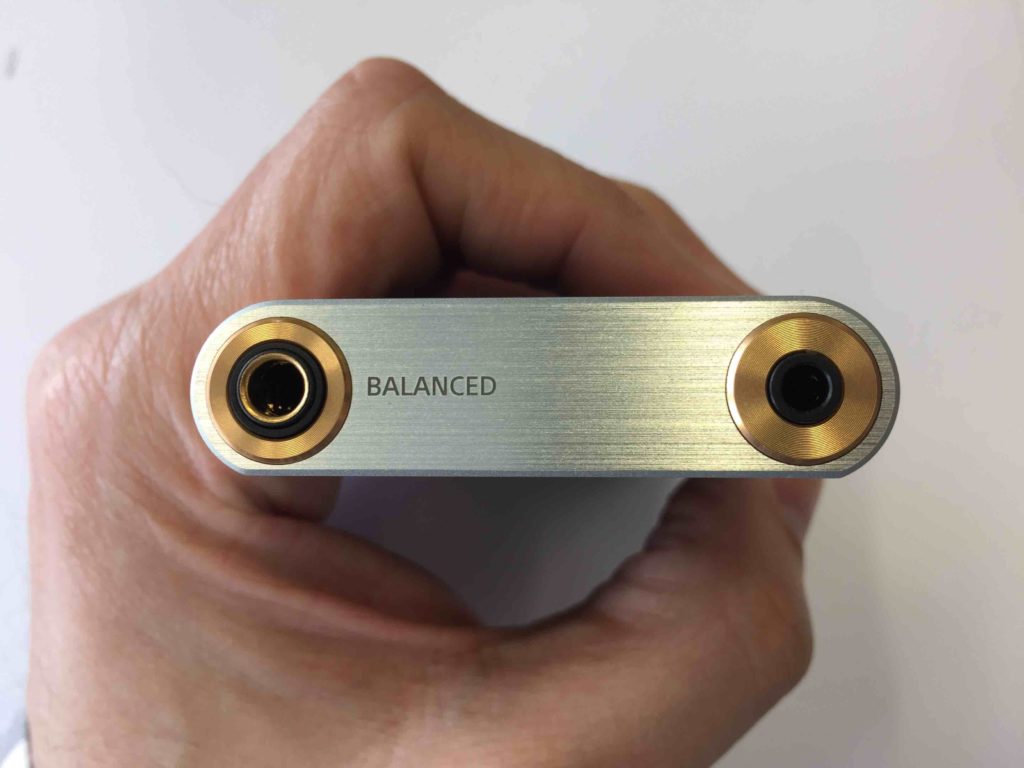
So why is this? It usually comes down to both compression and sample rates used when encoding music into a digital format. The highest quality Mp3 possible has a sample rate of 320kbps, whereas FLAC files can be 24bit/192kHz with a sampling rate of 9216kbps. Equally crucial, no audio gets tossed out during the encoding process.
In theory, this means that a hi-res 24bit/192kHz file will be sonically closer to the sound quality of the original studio audio. More audio information getting encoded also means that hi-res audio offers greater detail and texture – that is, assuming your audio gear is capable of delivering it.
This proved to be the case with the NW-ZX300. Classical music mightn’t be everyone’s cup of warm beverage, but it does provide a solid test for hi-res audio vs low-res formats. Where a 128kbps Mp3 delivered a noise-laden mess where double bass and brass disappeared amongst a sea of noise and violins warbled like a drowning cat, the FLAC version of Straus’s pizzicato polka saw detail such as double bass string plucks seamlessly delivered into my noggin. Similarly, Joni Mitchel’s ‘A Case Of You’ was warm, richly detailed and very engaging. Sonic details such as her drawing breath between vocal delivery was there for me to hear. All told, the hi-res audio from the Walkman felt (and sounded) balanced and transparent.
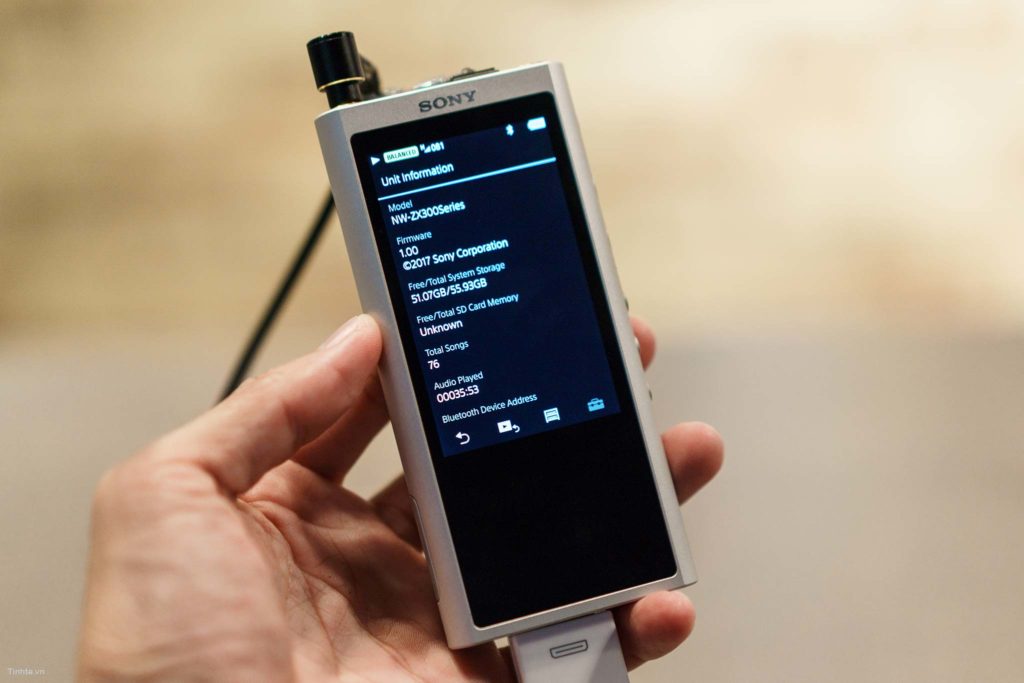
Audio is helped along by Sony’s attention to detail and the components/materials used in the Walkman’s construction. Audio and power blocks are kept apart on the circuit board to minimize noise. The aluminium chassis might lend it an upmarket feel, but Sony says that it also decreases the resistance value (of what I’m not totally sure). FTCAP (Conductive Polymer Aluminium Solid Capacitors) and film capacitors are also used to deliver more transparent vocals and solid bass notes. Optical fibre wiring was also chosen for the amplifier to reduce signal loss. Rounding things out, the ZX300 offers up a balanced output to keep left and right channels fully discrete.
Combine all of this and you’ve got a Walkman that delivers premium audio. While this comes at a price, your ears will definitely thank you for the investment.

